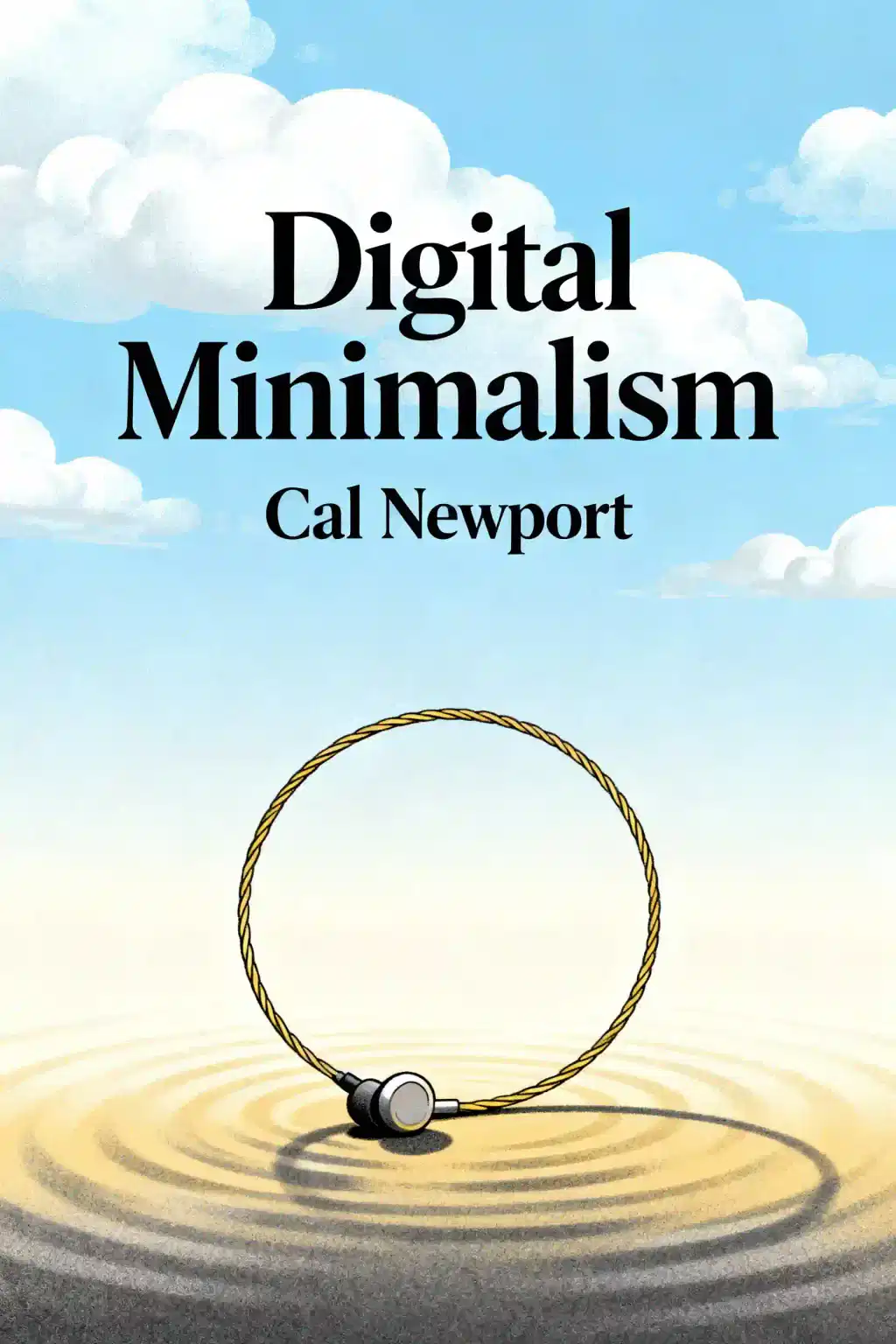
How to Do Nothing by Jenny Odell Summary
Overview of How to Do Nothing
In "How to Do Nothing," Jenny Odell challenges our attention economy with a radical proposition: intentional disconnection. Endorsed by "Deep Work" author Cal Newport, this 2019 NYT bestseller sparked the digital minimalism movement. Can stepping away actually be our most revolutionary act?
Similar books to How to Do Nothing
Feel the book through the author's voice
Turn knowledge into engaging, example-rich insights
Capture key ideas in a flash for fast learning
Enjoy the book in a fun and engaging way
Key takeaways
When Productivity Becomes a Prison
What if the most radical thing you could do right now is absolutely nothing? Not scrolling, not optimizing, not even meditating with an app tracking your progress-just standing still and paying attention to what's actually around you. After Trump's election and Oakland's devastating Ghost Ship fire, one artist found herself seeking refuge not in activism or outrage, but in a rose garden. This wasn't escapism. It was survival. And it points to something we've forgotten in our productivity-obsessed world: sometimes the most important work happens when we stop working altogether.
The Architecture of Attention
Time Itself Has Been Colonized
Why You Can't Just Log Off
The Power of Standing Apart
Learning to See What's Actually There
Undoing Damage as Creative Practice
Quick Summary Mode - Read or listen to How to Do Nothing Summary in 9 Minutes
Break down key ideas from How to Do Nothing into bite-sized takeaways to understand how innovative teams create, collaborate, and grow.
Flash Card Mode - Top 7 Insights from How to Do Nothing in a Nutshell
Distill How to Do Nothing into rapid-fire memory cues that highlight Pixar’s principles of candor, teamwork, and creative resilience.

Fun Mode - How to Do Nothing Lessons Told Through 23-Min Stories
Experience How to Do Nothing through vivid storytelling that turns Pixar’s innovation lessons into moments you’ll remember and apply.
Personalize Mode - Read or listen to How to Do Nothing Summary in 0 Minutes
Ask anything, pick the voice, and co-create insights that truly resonate with you.

From Columbia University alumni built in San Francisco
"Instead of endless scrolling, I just hit play on BeFreed. It saves me so much time."
"I never knew where to start with nonfiction—BeFreed’s book lists turned into podcasts gave me a clear path."
"Perfect balance between learning and entertainment. Finished ‘Thinking, Fast and Slow’ on my commute this week."
"Crazy how much I learned while walking the dog. BeFreed = small habits → big gains."
"Reading used to feel like a chore. Now it’s just part of my lifestyle."
"Feels effortless compared to reading. I’ve finished 6 books this month already."
"BeFreed turned my guilty doomscrolling into something that feels productive and inspiring."
"BeFreed turned my commute into learning time. 20-min podcasts are perfect for finishing books I never had time for."
"BeFreed replaced my podcast queue. Imagine Spotify for books — that’s it. 🙌"
"It is great for me to learn something from the book without reading it."
"The themed book list podcasts help me connect ideas across authors—like a guided audio journey."
"Makes me feel smarter every time before going to work"
From Columbia University alumni built in San Francisco

Get the How to Do Nothing summary as a free PDF or EPUB. Print it or read offline anytime.










